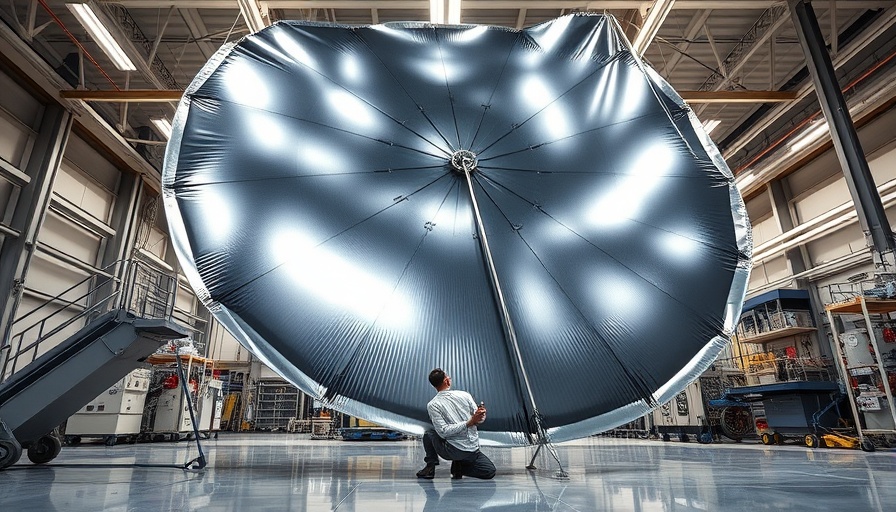
Predicting Space Weather: The Next Frontier
The increasingly interconnected world we live in is significantly reliant on technologies sensitive to space weather. When we think of weather, we often picture rain or sunshine, but space weather encompasses variations in the environment between the Sun and Earth—variations that can have profound implications for our technological infrastructure. For instance, coronal mass ejections are violent bursts from the Sun that can propel magnetic fields and charged particles into space, sometimes barreling toward Earth at astonishing speeds. These events can trigger geomagnetic storms that not only dazzle us with auroras but also disrupt satellites, threaten electric grids, and expose astronauts to harmful radiation.
The Dangers of Space Weather
Modern society faces increasing vulnerability from extreme space weather events. A recent study estimated that global assets—worth up to $2.7 trillion—are at risk from such natural phenomena. Historical instances, such as the Carrington Event of 1859 and a near-miss for Apollo astronauts in 1972, underscore the potential hazards. Just last year, SpaceX lost 39 out of 49 Starlink satellites due to a moderate space weather disturbance, emphasizing the immediate risks of technological dependency on space.
Innovative Solutions: Solar Sail Technology
In response to these challenges, researchers are exploring cutting-edge innovations such as solar sail-equipped spacecraft. The design of solar sails involves harnessing solar radiation pressure to maneuver without relying on conventional fuel. This technology aims to enhance early warning systems for predicting and understanding space weather events. The SWIFT satellite constellation, currently under development, is set to leverage such technology to predict and monitor space weather more accurately and timely than ever before.
Current Monitoring Techniques
As it stands, space weather monitoring relies on satellites that track solar winds and transmit their observations back to Earth. This process allows scientists to anticipate space weather events by comparing real-time data to historical records. However, while Earth's magnetic field offers a substrate of protection against most space weather effects, unprecedented storms can breach this shield. Innovative systems like the prospective solar sail satellites could significantly upgrade our monitoring capabilities, providing essential data to mitigate risks.
What the Future Holds for Space and Safety
As we hurtle forward into a more complex technological environment, our need for reliable early warning systems against space weather will only increase. The interplay between technological innovation in space exploration and our vulnerability to natural events represents a frontier worth exploring. With solar sails and other emergent technologies on the horizon, we stand poised to enhance not just our understanding but our preparedness against cosmic threats.
Concluding Thoughts
The implications of advancements in space weather monitoring technology extend beyond scientific interest; they are critical for global safety and the protection of vital infrastructure. As we further explore the cosmos, the push for innovations aimed at safeguarding our technological advancements becomes imperative. Space, with all its wonders and dangers, continues to unveil stories worth understanding, and staying informed is our best defense against its unpredictable nature.
 Add Row
Add Row  Add
Add 




Write A Comment